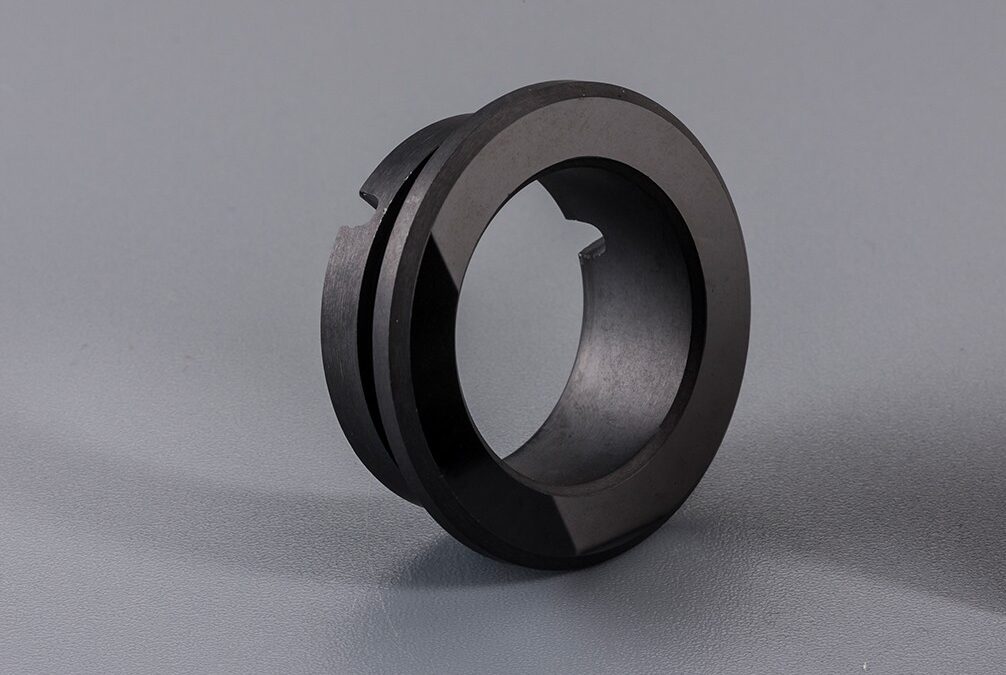The process flow of reaction bonded SiC sintering silicon carbide ceramic is first to mix the carbon source and silicon carbide powder, and then to prepare the green body by grouting, dry pressing or cold isostatic pressing, and then to conduct silicon infiltration reaction, that is, to heat the green body to more than 1500 ℃ under vacuum or inert atmosphere, and the solid silicon is melted into liquid silicon, which penetrates into the green body containing pores through capillary action. Chemical reaction occurs between liquid silicon or silicon vapor and C in green body, which is formed in situ β- SiC combines with SiC particles in the green body to form reaction sintered silicon carbide ceramic material
The key performance factors of this kind silicon carbide ceramic mainly lie in the size and type of carbon source, particle size of silicon carbide raw material, porosity of green body, sintering temperature and holding time. The advantages of reaction sintered silicon carbide are low sintering temperature, low production cost and high degree of material densification. In particular, there is almost no volume shrinkage in the process of reaction sintering, which is particularly suitable for the preparation of large and complex structural parts. Its typical application products include high-temperature kiln furniture materials, radiant tubes, heat exchangers, desulfurization nozzles, etc.
The basic principle of reactive sintering is: the reactive liquid silicon or silicon alloy infiltrates into the carbon containing porous ceramic blank under the action of capillary force, reacts with the carbon in the blank to generate silicon carbide, the newly generated silicon carbide is in situ combined with the original silicon carbide particles in the blank, and the infiltrating agent is used to fill the remaining pores in the blank to complete the densification process. The disadvantage of reaction sintering is that the structure of green body and additives will affect the residual free silicon and voids in reaction sintered silicon carbide. Therefore, it is necessary to master the mechanism of reaction sintering to improve the production quality of reaction sintering.


